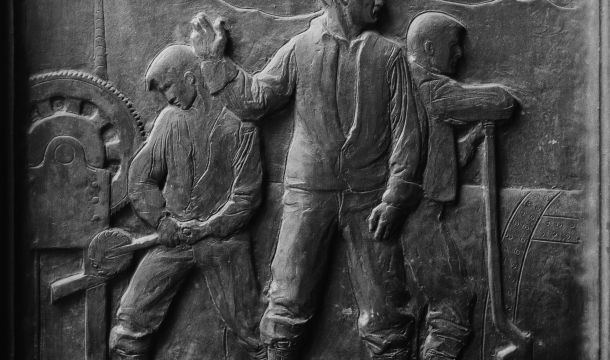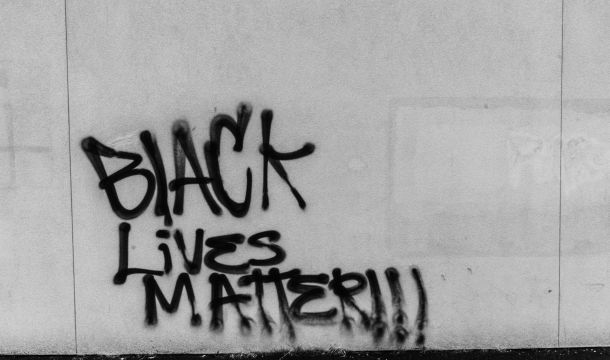ADMINISTRATION TO PROMOTE PAY EQUALITY BY REQUIRING NEW EEO-1 INFORMATION TO BE FILED
For several years, equal employment agencies have been pursuing requirements that employers collect and report pay data categorized by race, gender and ethnicity in order to better apply the equal pay and other discrimination laws. The Department of Labor’s Office of Federal Contract Compliance Programs (OFCCP) proposed an "equal pay report" to seek such information from federal contractors under Executive Order 11,246. On February 1, 2016, the Equal Employment Opportunity Commission (EEOC) published a proposal to require employers of more than 100 employees to include such information on EEO-1 reports beginning September 30, 2017. A sixty-day public comment period on the proposal will end April 1.
Secretary of Labor Thomas Perez said that the Administration in best able to promote equal pay when it gets more comprehensive information about earnings. The DOL believes that the data collection will help employers evaluate their own pay practices to prevent discrimination and compensation, and that the data collection gives DOL a more powerful tool for enforcement. While their proposal is clear on how employers should assemble and submit the requested data, the EEOC has not yet indicated how it will use the information. Presumably, the EEOC will develop various statistical tools to determine whether there is evidence of discrimination.
Currently employers must collect EEO-1 data from any pay period occurring in the months of July through September of the current survey year, and file the EEO-1 Form with the government by September 30 of the same year. These deadlines would continue after the addition of the pay data, which would be required to be submitted electronically. W-2 data would be used in 12-pay bands for the 10 EEO-1 job categories. Employers would count and report the number of employees in each pay band and also the total number of hours worked by the employees included in each EEO-1 pay band cell. The data would be used to allow analysis of pay differences while considering aggregate variations in hours. The EEOC seeks employer input with respect to how to report hours worked for salaried employees.
The EEOC and OFCCP plan to develop a software tool that would allow their investigators to conduct an initial analysis by looking at W-2 pay distribution within a single firm or establishment, and by comparing the firm’s or establishment’s data to aggregate industry or metropolitan-area data. This application would highlight statistics of interest.
Obviously, employers are concerned because legitimate reasons other than unlawful discrimination might account for pay differences within the bands, including willingness to work overtime and other factors. Some employers are concerned that the pay data submitted to the EEOC would not be kept confidential, as it might be subject to Freedom of Information Act requests and disclosure. Some believe the EEOC should also have a plan as to how such data would be used before requiring it from employers. In this regard, in December 2015, Congress directed OFCCP to cease strict and exclusive use of statistical insignificant tests for evaluating hiring practices, and similar concerns may exist for pay practices.
Wimberly, Lawson, Steckel, Schneider & Stine, P.C. has a blog! Please visit wimlaw.wordpress.com for more insights on the law and practical advice for employers at the Wimberly Lawson Labor and Employment Law Blog. When you visit the site, enter your email address so that you will receive the latest blog posts in your inbox.
Related Content
Get Email Updates
Recent Content

NLRB to Seek Rescission of past Discipline Imposed under Overbroad Employer Work Rules

Do Drive Cam Cameras inside Trucks Violate Employee Rights?

Amazon Considers Risk When Investigating Employee Misconduct

Latest NLRB Attack Goes beyond Non-Compete Agreements to Reach Outside Employment

NLRB Board Addresses BLM Insignia at Work

